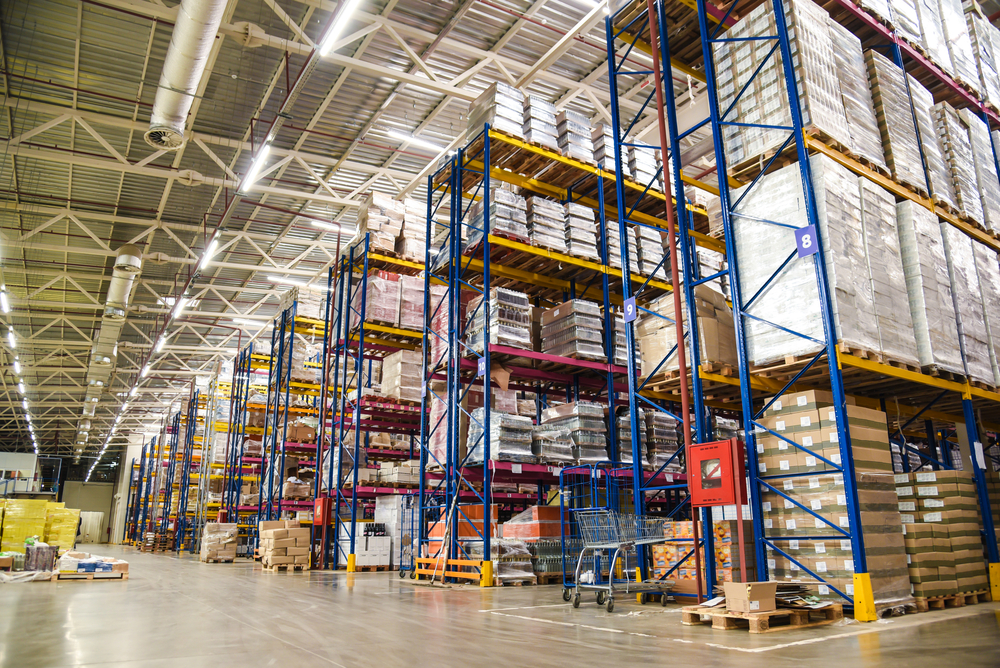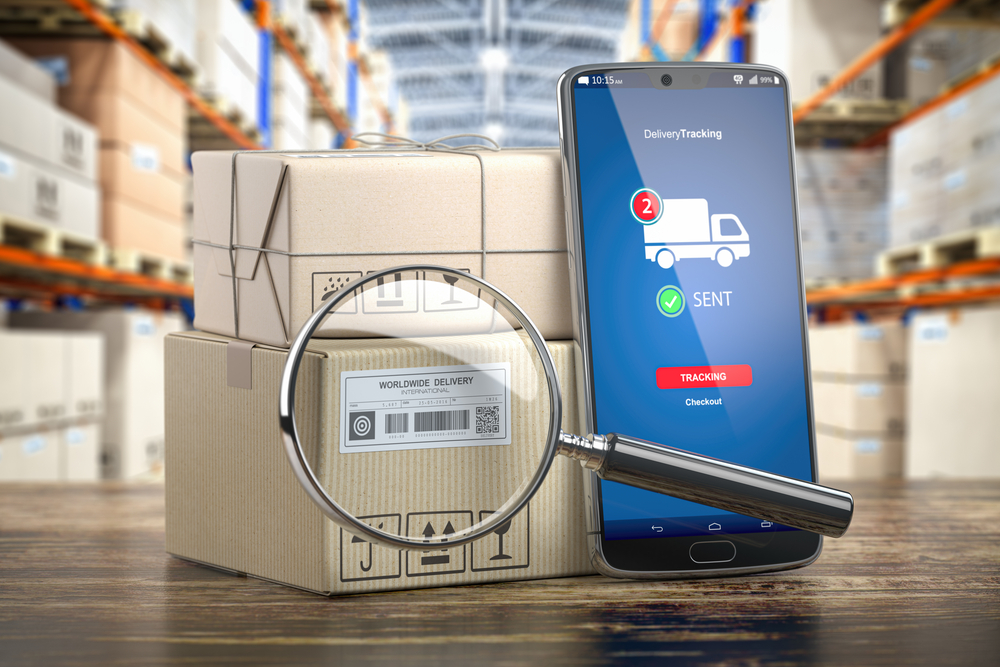The advancement of artificial intelligence (AI) has revolutionised various industries, and the logistics sector is no exception. In recent years, implementing AI systems in warehouses has brought about transformative changes in warehouse operations, logistics management, and smart facility management.
Using AI in Warehouses, they have become more efficient, accurate, and adaptable to the ever-increasing demands of the modern supply chain.
Today, you will learn how utilising AI systems in warehouses has reshaped the landscape of warehouse logistics and smart facility management. It enables businesses to optimise operations, enhance productivity, and improve overall performance.
How Digital Systems Integrate In a Warehouse
The integration of AI in warehouses has revolutionised warehouse logistics and smart facility management, enhancing operational efficiency and enabling businesses to stay competitive in the world of supply chain management.
With the advancements in artificial intelligence (AI) and other digital technologies, warehouses have embraced digitalisation to optimise their processes and leverage real-time data for improved decision-making.

Waresmarthouse Management Systems (WMS)
A Warehouse Management System (WMS) acts as the central nervous system of a warehouse, integrating various digital systems and processes. WMS leverages AI in warehouses and other technologies to automate and optimise critical tasks such as inventory management, order fulfilment, and resource allocation.
It streamlines workflows, tracks inventory in real-time, and optimises the movement of goods within the warehouse. Using AI capabilities, WMS can also predict demand, optimise picking routes, and dynamically allocate resources, enhancing efficiency and reducing operational costs.
Internet of Things (IoT) and Sensor Technology
IoT and sensor technology play a vital role in digital integration within warehouses. Real-time data is collected throughout the warehouse by equipping the warehouse environment with smart sensors, RFID tags, and connected devices.
The data includes inventory levels, temperature, humidity, and equipment status information. AI algorithms can analyse this data to optimise processes, ensure product quality and safety, and proactively address maintenance issues.
IoT and sensor technology enable real-time monitoring, improve visibility, and facilitate predictive maintenance in smart facility management.
Robotics and Automation
Integrating robotics and automation systems in warehouses has transformed traditional manual processes. AI-powered robots and automated guided vehicles (AGVs) can perform tasks like picking, sorting, and palletising quickly and precisely.
These systems collaborate with WMS, utilising AI algorithms to optimise inventory storage and track items. By automating repetitive tasks, warehouses can improve productivity, reduce errors, and free up human resources for more complex operations.
Benefits of Using AI In Warehouses
Using artificial intelligence (AI) in warehouses offers numerous benefits that revolutionise warehouse logistics and smart facility management.
AI-powered systems bring automation, intelligence, and optimisation to warehouse operations, resulting in increased efficiency, improved productivity, and enhanced decision-making capabilities. Let us see the specific benefits of using AI in warehouses.
Accurate Package Updates
AI systems enable accurate and real-time package tracking and updates. By utilising AI algorithms, warehouses can precisely monitor the movement of packages throughout the facility.
It ensures that the status, location, and estimated delivery times of packages are continuously updated. With this level of accuracy, warehouses can provide customers with timely information, improve customer satisfaction, and facilitate efficient supply chain management.

Convenient Space Allocation
AI systems play a crucial role in optimising space allocation within warehouses. AI in warehouses can determine the most efficient placement of products by analysing inventory levels, demand patterns, and storage capacity. It enables warehouses to use available space optimistically, reduce storage costs, and improve inventory management.
AI can also dynamically adjust space allocation based on changing demands, ensuring efficient use of warehouse capacity.
Faster Loading and Turnaround Times
AI in warehouses significantly enhances loading and turnaround times in warehouses. With AI algorithms and robotics integration, warehouses can automate and streamline order picking and sorting processes.
AI-powered robots and automated guided vehicles can work collaboratively with human operators, increasing operational speed and efficiency. This results in faster loading and turnaround times, allowing warehouses to handle larger orders and promptly meet customer expectations.
Automated Maintenance Assignments
AI systems enable proactive and automated maintenance assignments in warehouses. By monitoring equipment performance and analysing data from sensors and IoT devices, AI algorithms can predict maintenance needs and check potential issues before they cause downtime.
AI systems can automatically schedule maintenance tasks, assign repair requests to technicians, and optimise maintenance workflows. It helps prevent equipment failures, reduces unplanned downtime, and improves warehouse productivity.
Conclusion
Incorporating AI in warehouses brings numerous benefits, including accurate package updates, convenient space allocation, faster loading and turnaround times, and automated maintenance assignments.
These benefits enhance warehouse logistics, optimise facility management, and improve operational efficiency, cost reduction, and customer satisfaction.
As the potential of AI continues to evolve, warehouses that embrace AI technologies will gain a competitive advantage in the increasingly complex and demanding world of supply chain management.



